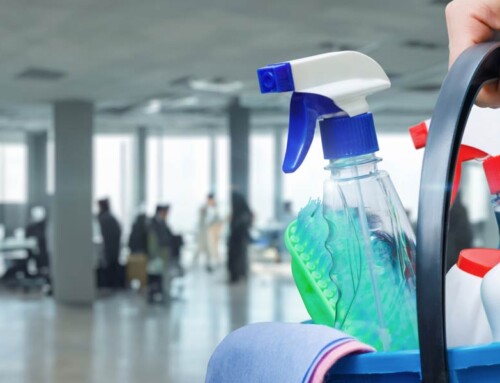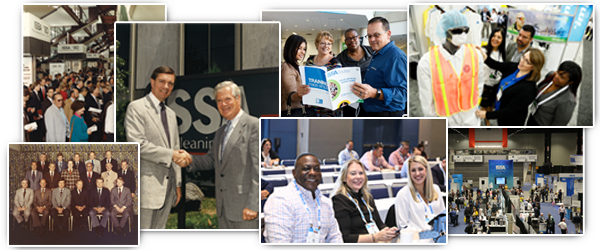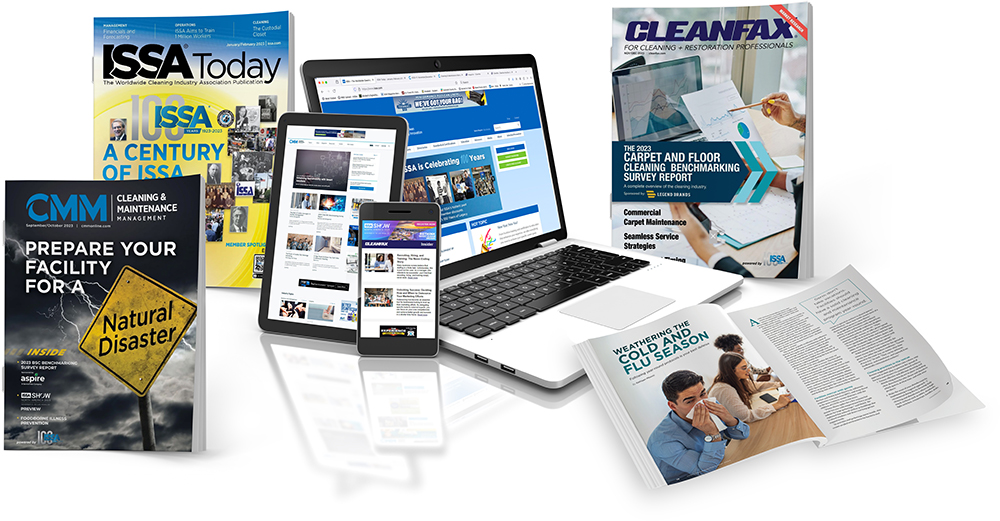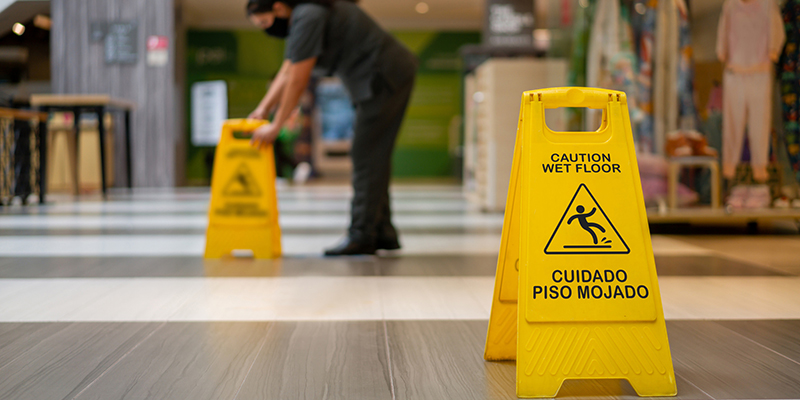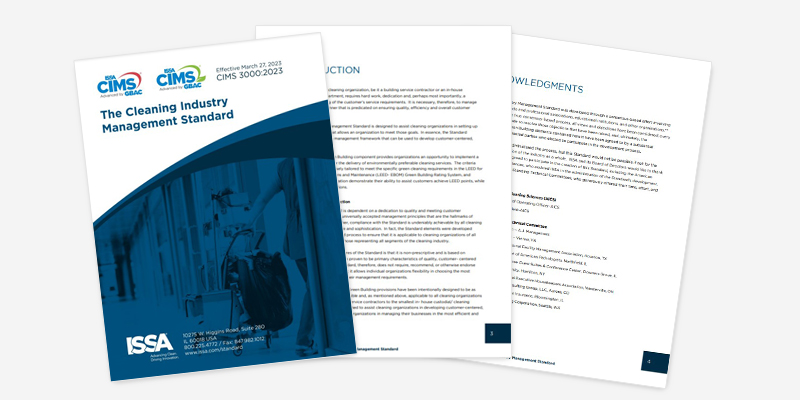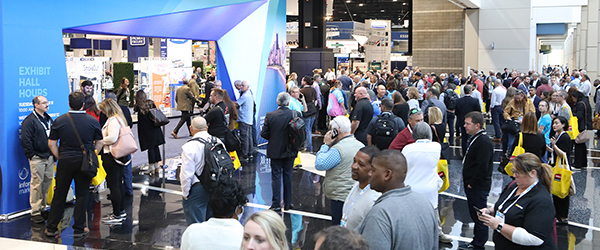Robotic Deployment
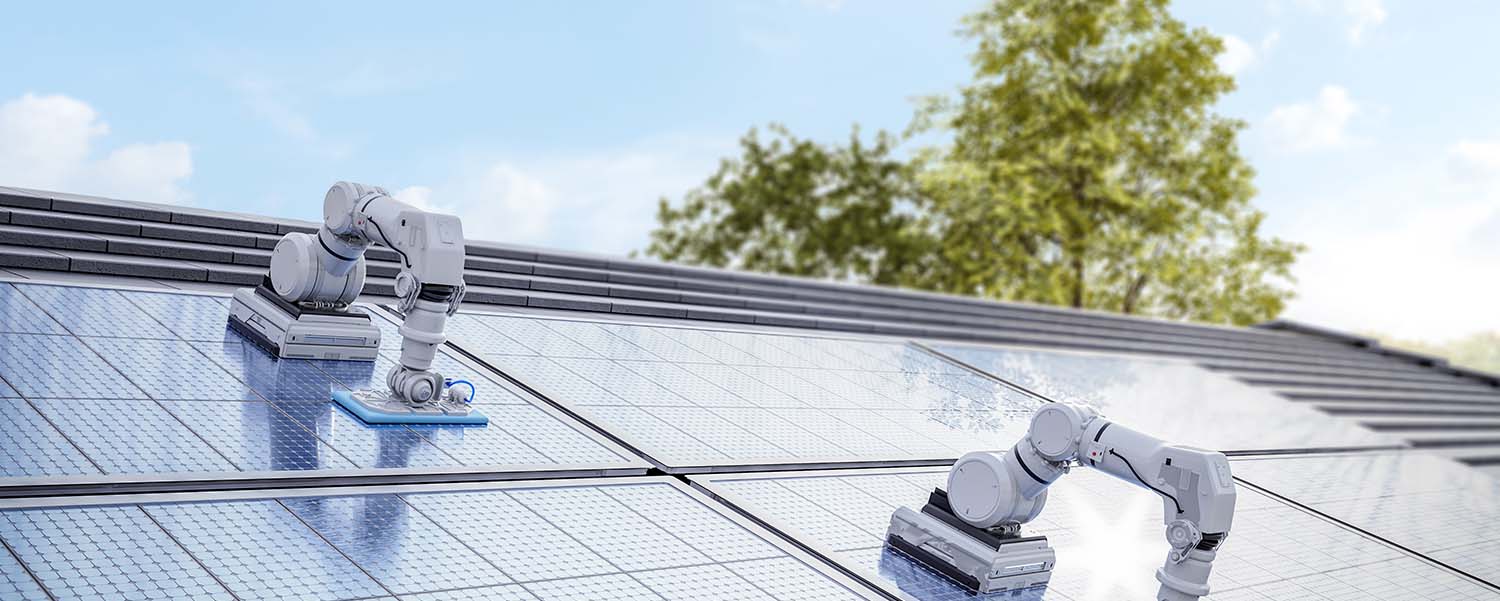
Everyone has suffered from the “Great Resignation,” or as it is also referred to, the “Great Re-evaluation.” As people re-evaluate what type of work and what kind of schedule they want to work, service companies must also re-evaluate how to deliver their services. They still have contracts to fulfill, regardless of who wants to work where and when.
Finding front-line labor has always been difficult, never more so than now. Despite skyrocketing wages, finding people to work is at a crisis level.
The lack of workforce has created the need for service providers to look for alternative solutions to retain contracts and remain competitive with wage increases. Companies are in business to earn a profit, and it’s getting harder and harder to do things the old way. So, what are the alternatives? One is robotics, which has been on a journey over the past 20+ years in the cleaning industry and is just now coming into its own as a real, viable solution.
Robotic floor cleaning machines shouldn’t be analyzed to see if they hit the return on investment (ROI) targets required by your finance department. Rarely are the numbers accurate. Robotics impact many different cost centers, not just labor. When figuring ROI, recruiting, hiring, training, vacation, absenteeism, work comp, machine repair costs, etc., all need to be factored in. The cost to hire a front-line worker is approximately US$2,600 per employee, but these turnover costs are often not included. Robots should be viewed as team members, covering openings you can’t fill. This can help curb overtime, recruitment dollars, help with contract compliance, provide elasticity in your service delivery due to staffing shortages, and allow you to reassign existing labor to higher paying projects or above base work.
Cleaning companies rarely realize the ROI on robotics. Why? There are multiple reasons. Two of the most common reasons for these failures are not understanding the robotic equipment and not deploying the machines the correct way. This happens because most managers don’t know how to workload. They don’t know how long it takes to do each task. When you do know, you are able to optimize the robot’s productivity and profitability. Because you are removing the work (and the hours) that the robot will perform, you need to reallocate the remaining work and distribute it among the employees. This requires expertise.
Purchasing the wrong robot is another failure. Understanding the technology that drives the machine is critical to how well it works in its environment. Understanding how it maps the environment, and its ability to navigate within those maps, sets the correct expectation for the operator. Additional information, such as its ability to recycle water, battery run time, and how well it cleans, are other factors to be considered. Knowing how these factors are interrelated demands a distribution partner that can help you throughout the evaluation process.
The introduction of robots into your cleaning program differs from ordering another floor scrubber. However, it is often treated the same. Before you launch into a robotics program, you should be aware of the differences, which are often misunderstood. Like human resources (HR) manages employees, companies need someone to manage their robotic fleet. Reporting and usage are critical for your investment and keeping them running. You need them to run daily for 36 months, just like you need your employees to come to work every day. Having someone holding supervisors accountable can’t be overlooked.
To correctly calculate the ROI, you must first measure the costs and the savings accurately. You must understand how productivity is measured for both the machine and the work it will take over. For example, if a robot is going to handle vacuuming common areas and walkways, do you know how much space is included? Or the labor it will replace? It is not an hour-for-hour comparison. With robots, it doesn’t matter how many hours they run; the price is the same. The productivity can be slower than a human, as long as they cover the same ground at a cheaper cost.
We can help you figure out the costs and savings by workloading the area and then realigning the cleaning routes. A standard feasibility study will show you what your cleaning program will cost with standard cleaning practices versus incorporating robotics. We have extensive experience with cleaning, workloading, robotics, machine learning, and human-robot interaction. For example, our company consists of robotic/artificial intelligence experts, a former cleaning company owner, and a former CFO, all of whom understand the costs of operating a cleaning business. Once the feasibility study is completed, the next step forward is deployment.
Deployment is the method by which the robot is integrated into the cleaning program. The deployment plan evolves from the work loading and route changes, permanently incorporating the robot into your cleaning plan. This makes the change to robotics much easier and less stressful. Most robotic companies map the unit and leave. We help you completely integrate the robot as part of your cleaning staff. Training is a large portion of the deployment phase. We train your staff on the robot and are available after deployment as needed. When employees undergo training, it improves their knowledge of the technology and builds their confidence. Employee satisfaction leads to employee retention.
Ongoing maintenance service support enables you to focus on the design and development of future solutions for your customers, while ensuring your autonomous robots run successfully. Your distribution partner lends their expertise, insights, and recommendations to existing and future workloading designs and service requirements.
Clients are looking for innovative solutions, but they must help you remain competitive to be considered a viable solution.


